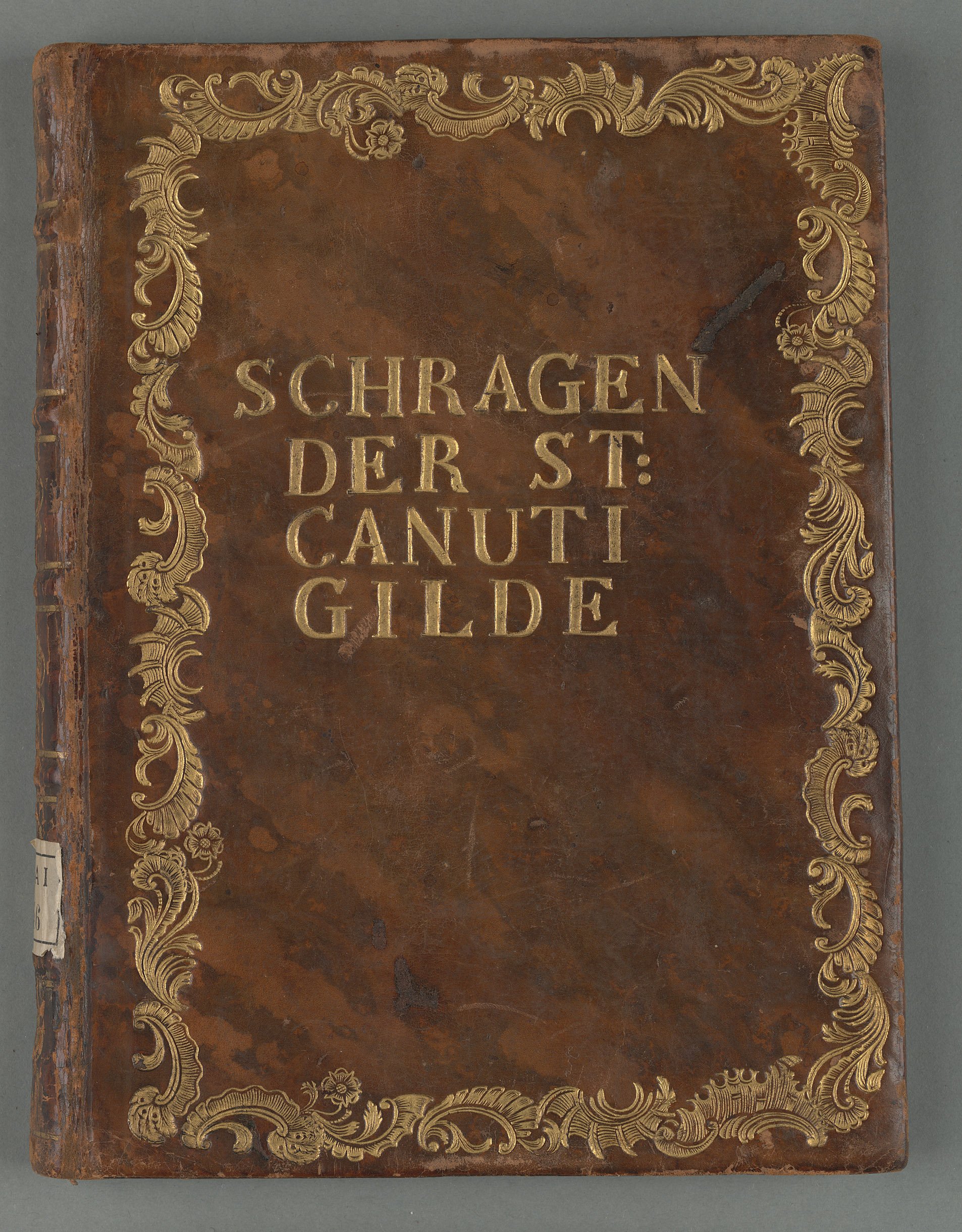KANUT AND ST CANUTE (CNUT), THE PATRON SAINT OF MASTER CRAFTSMEN
Autor:
Heige Peets
Year:
Anno 2017/2018
Category:
Preservation
“Historical and cultural heritage acquire their true value through human activities. We either forget about them, letting them decay and perish, or we raise them on the place and level where they preserve much longer than the man himself expects to survive.” (Endel Valk-Falk, the first director of the centre has said).
The National Restoration Centre was established at the Estonian Art Museum on 1 December 1986. The centre was assigned to study the cultural heritage, to conserve and restore it and provide professional counselling. By today high-quality digitisation, in-practice training of specialists and accrediting conservators has been added to its tasks.
Times change and during the past thirty years the centre has changed its name and sub-ordinance. On 1 January 1990 it became an independent institution – the Conservation Centre KANUT. Since 2014 it has been a part of a museum again, now a unit affiliated to the Estonian Open Air Museum.
The KANUT has got its name after St Canute, the patron saint of master craftsmen. Later research has come to the conclusion that originally he might have been Canute Lavard, the second son of Eric the Good, king of Denmark and duke of Schleswig, whose day is celebrated on 7 January. In the 13th century his worship was replaced by that of Cnut IV, the king of Denmark in 1080-1086, who was canonised in 1101. His day is on 10 July. Thus the KANUT can celebrate three days – two days of saints and the birthday of the centre on 1 December.


